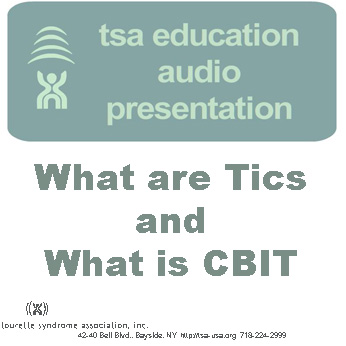- Home
- Info & Support
- Medical Professionals
Resources for Medical Professionals
Information and resources for health professionals
Finding Medical ProfessionalsTSAA holds doctor's lists created from members and experienced medical professionals. These lists are made available to members in the member's only section of the website. If you are interested in suggesting anyone to add to our lists or are a medical professional interested in TS please contact us. These lists are provided for information purposes only — no recommendation is given or implied. Patients must always satisfy themselves as to the bonafides or experience of any physician. The TSAA makes no claims on behalf of nor endorses any specific practitioner. Names are provided as an information resource only and no guarantee of accuracy is made by TSAA Inc. NSW Department of Health - Classification of TS.Under the accepted international classification ICD10 (International Classification of Diseases from WHO) TS is F95.2 under a group of "Tic Disorders usually first diagnosed in Infancy, Childhood, or Adolescence" and F codes means psychiatry. In NSW Health a DRG (Diagnostic Related Groups) classification is used based on diagnosis and this links like conditions with like, to form large groups for the purpose of counting cases and funding. In this TS comes up as B81B which is a group of "Other disorders of the Nervous system" which means NSW Health classifies it as a neurological disorder (B code). Any psychiatric complications would receive separate modifying classifications. It also has a DSMIV classification (which is the American psychiatry bible) under Tic disorders 307.23. Provided by Chief Psychiatrist NSW DEPT HEALTH 23rd Sept 2009. CBIT — Comprehensive Behavioural Intervention for Tics.CBIT is an established therapy that teaches people to change their behavior over time and tic less. Research on CBIT has been done with children and adults with TS. CBIT is a non-drug treatment consisting of three important components:
It is important to note that many of these strategies are already commonly used in the management of TS symptoms. Upon hearing a description of CBIT, many adults with TS report that they have come up with similar strategies to manage their tics. CBIT takes the best of these ideas and blends them with strategies that allow people to quickly learn the techniques. | Resources for Medical ProfessionalsTourette ASSOCIATION OF AMERICA CBIT Information Comprehensive Behavioral Intervention for Tics (CBIT): Overview Comprehensive Behavioral Intervention for Tics (CBIT): Questions & Answers CBIT 3 Book ProgramThese workbooks are available to purchase on Amazon. Managing Tourette Syndrome: A Behavioral Intervention Workbook, Parent Workbook (Treatments That... by Douglas W. Woods Paperback Managing Tourette Syndrome: A Behavioral Intervention for Children and Adults Therapist Guide... by Douglas W. Woods Paperback Managing Tourette Syndrome: A Behaviorial Intervention Adult Workbook (Treatments That Work) by Douglas W. Woods Paperback Books for Medical ProfessionalsA number of books for medical professionals are recommended in our Resources section. Podcast: 'What are Tics and What is CBIT?' by National Tourette Syndrome Association, Inc USA
|



